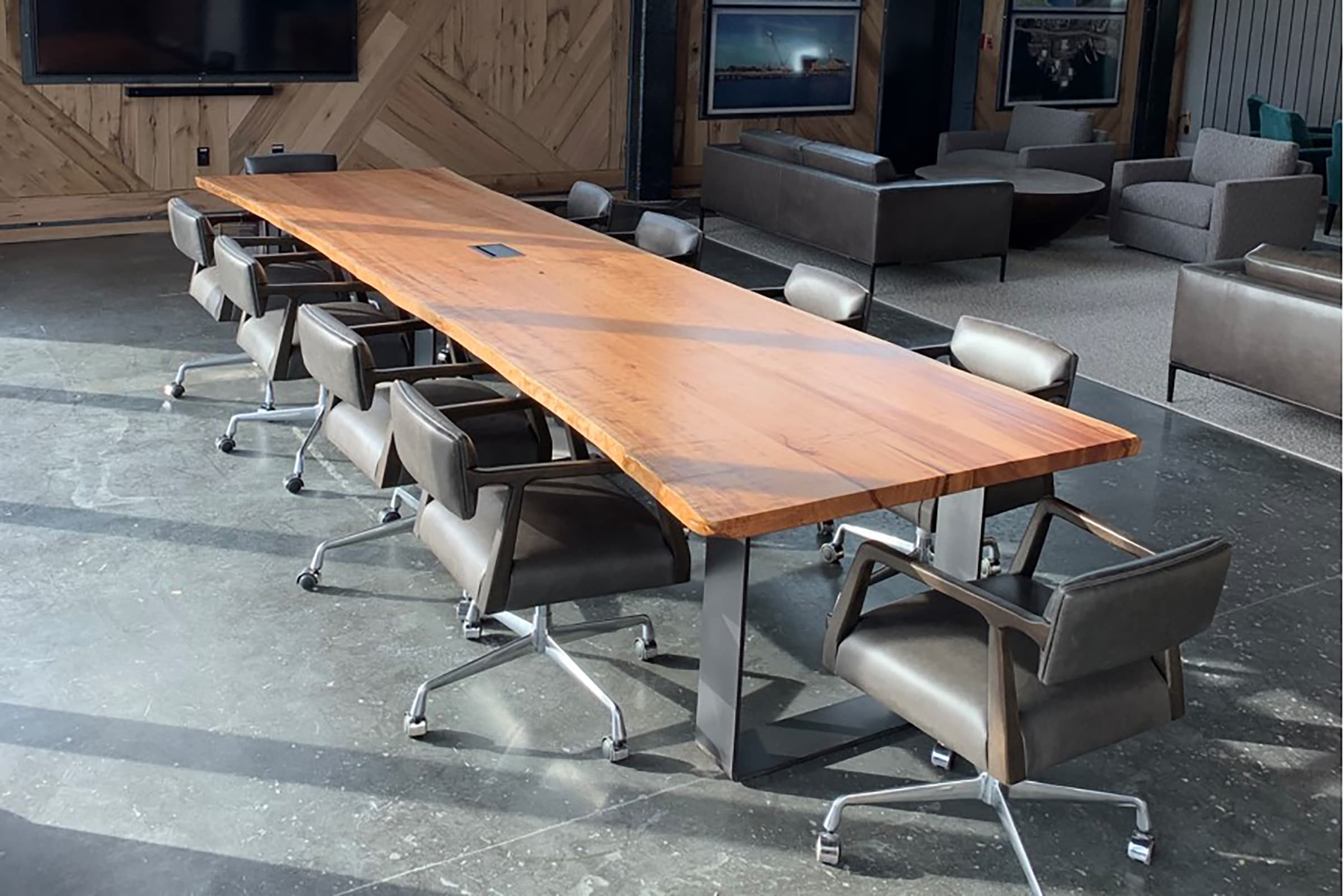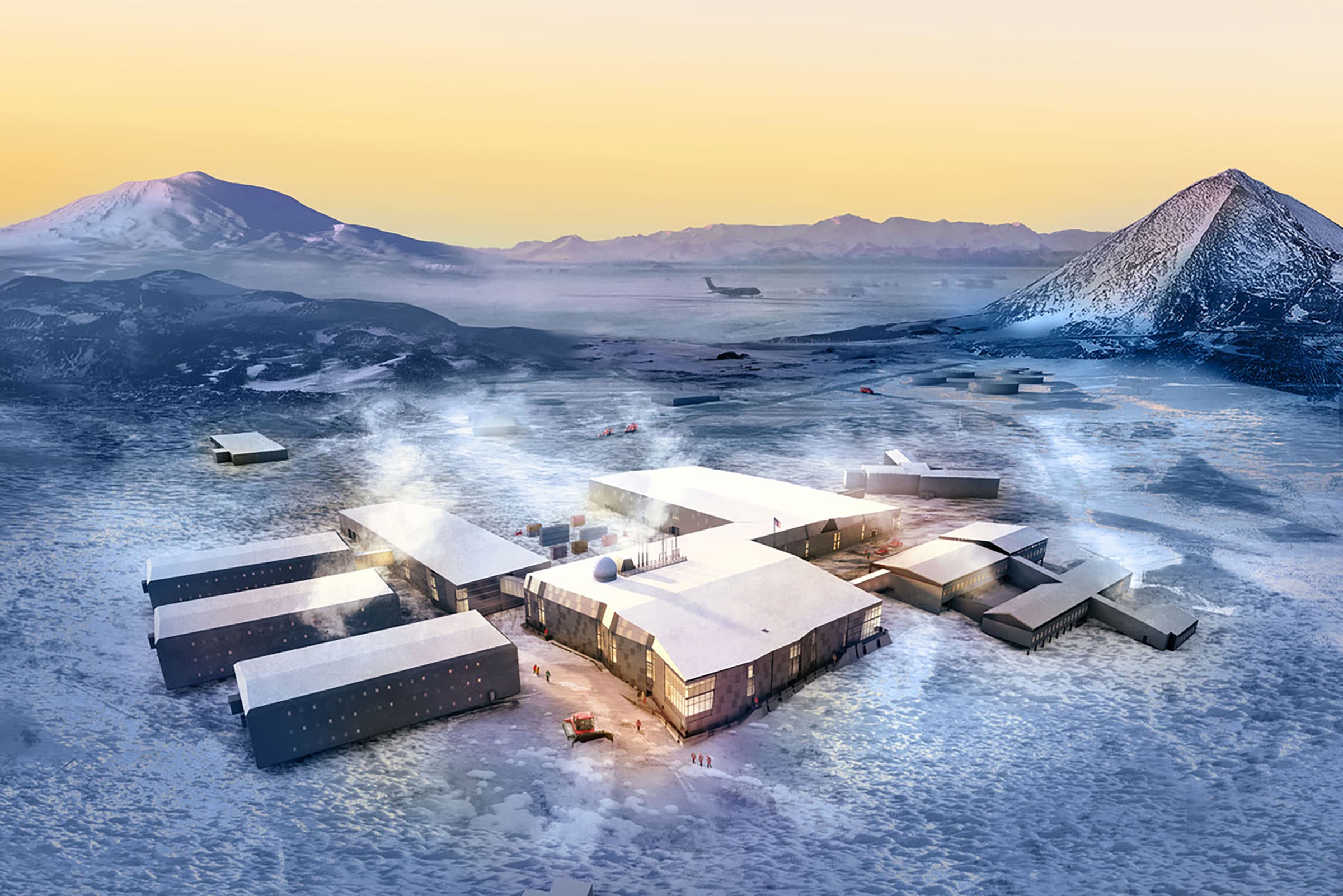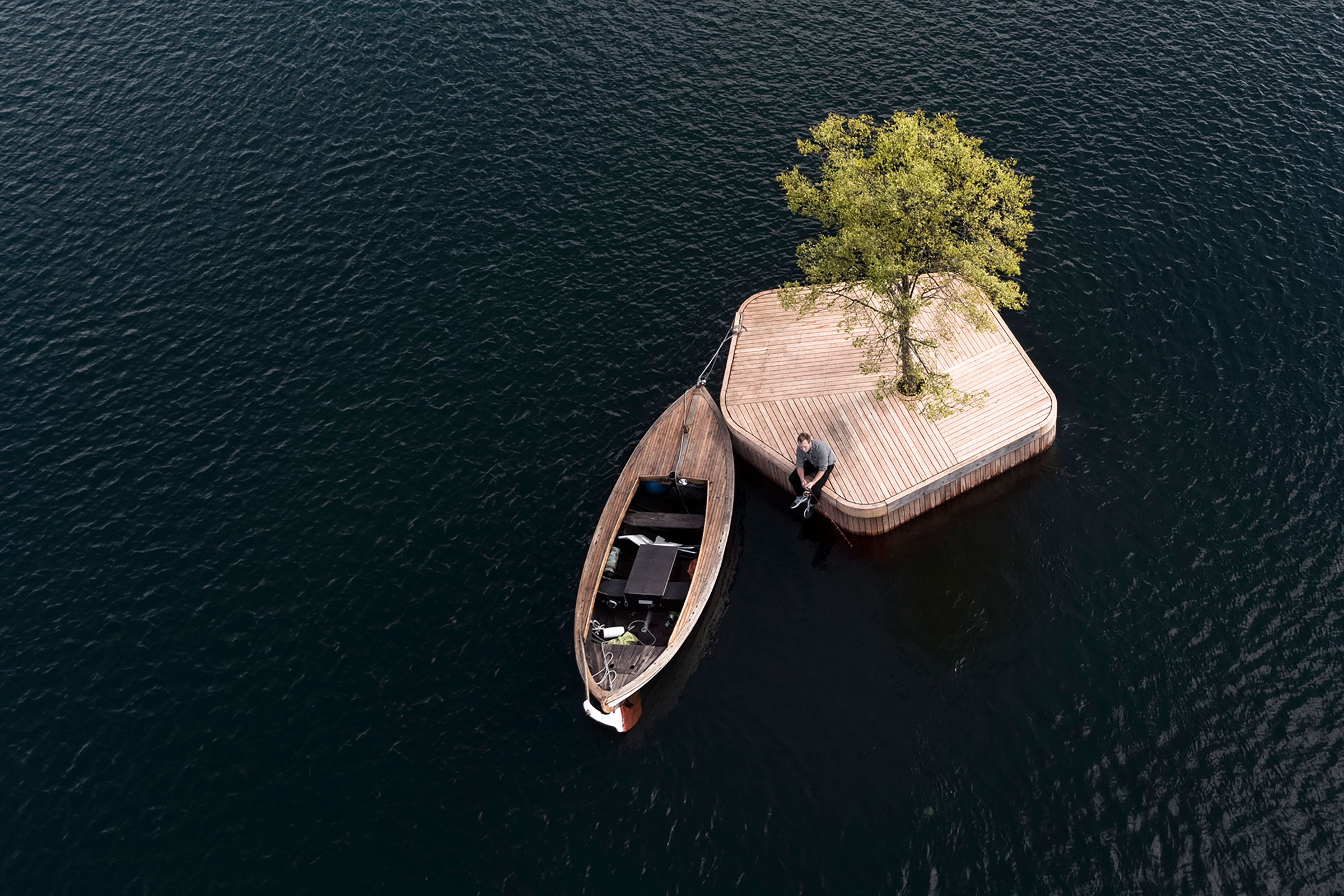Monteverde Inn

Photo Courtesy of Monteverde Inn
Everybody who checks in at the secluded Monteverde Inn learns about permaculture, or the system that works to integrate human life in nature in a way that’s self-sufficient and doesn’t harm the environment. “We’re using tourism as a microphone to talk about sustainable practices, whereas other places are just trying to keep businesses open and attaching the word ‘eco’ to it,” says owner Jonah Chaffee. Monteverde Inn was one of the first hotels to open in this region of Costa Rica 35 years ago, but Chaffee says it’s not like other “eco” lodging options out there. Beyond having an incredible trail system with phenomenal views, waterfalls, and hammocks in the trees, the property is no frills and every amenity is considered for how it relates to nature. You’ll find solar water heaters and a solar drying room for towels, a massive greywater project, composting projects, aquaponics, and more. Chaffee says the simplest way to live better is to be conscious of your consumption and give back. “We want to keep our prices accessible to family travelers. I never want to be a boutique hotel.”
Sandtown Furniture

Photo Courtesy of Sandtown Furniture
Volunteering on a job site in Baltimore, a future founder of Sandtown Furniture Co. was shocked to see so much good wood being left in the dumpster. So he hauled it off and started Sandtown, where he and his team have been creating one-of-a-kind pieces for the last eight years. “As almost all our pieces are, this table is built from wood that was salvaged from the City of Baltimore,” says Will Phillips, who runs Sandtown with James Battaglia. “The city runs a yard where they take fallen trees the city forestry service had to take down. We got lucky and scored this beautiful old black cherry tree.” Dining tables, coffee tables, desks, and more are among the handmade furnishings made from reclaimed wood Sandtown delivers.
McMurdo Station

Rendering Courtesy of OZ Architecture
Collaboration and creativity are key to successful architecture, according to Tom Obermeier and Alan Zeigel, who cofounded Colorado-based OZ Architecture in 1964. An upcoming project will have the firm collaborating on a global scale—at the US Antarctic research station on Ross Island. OZ Architecture will build upon what was established in 1956 as a temporary settlement, consolidating more than 100 buildings into six to improve the efficiency, residency, and sustainability of McMurdo Station and provide for the estimated 1,250 workers who are there each year.
The Anthony Timberlands Center for Design and Materials Innovation

Photo Courtesy of Modus Studios
Fayetteville architecture firm Modus Studio and recent Pritzker Architecture Prize winners Grafton Architects are adding on to the University of Arkansas Fay Jones School of Architecture and Design. The Anthony Timberlands Center will be Grafton Architects’ first project in the US, and the project hopes to showcase the possibilities of using natural products to create urban architecture. The project will cost an estimated $16 million and will house the school’s recent graduate program in timber and wood design.
Unika Vaev Textiles

Photo Courtesy of Unika Vaev
Since 1975 international textile company Unika Vaev (that means “unique weave” in Danish) has been making durable, high-quality upholstery textiles and products. What started as a small textile mill in Denmark has since expanded to reach several countries while maintaining the same Scandinavian commitment to quality. The durability of Unika Vaev’s textiles is matched by their commitment to environmental sourcing, as the fabrics in their LIFE collection and all of their wool is LEED and Green Star–certified. The wide range of textures and colors like Feel and Mystic also give the textiles an inviting and warm feel.
Copenhagen Islands

Photo Courtesy of Airflix
This international collaboration between Australian architect Marshall Blecher and Danish studio Fokstrot is making us rethink the way we interact with public spaces. Denmark is already home to more than 400 islands, and these fun, interactive “parkipelagos” add to that. Each of the Copenhagen Islands is made in the style of traditional Danish wooden boat buildings. The first of these islands, named “CØ,” as “Ø” is the Danish word for island, was introduced in 2018 and quickly became popular to the Copenhagen harbor. Future projects—named CPH-Ø1, CPH-Ø2, and CPH-Ø3 respectively were set to be revealed by the end of 2020.
